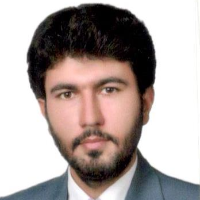A model to improve the quality of the employee-organization relationship in unplanned changes based on transparent organizational communication (Case study: A defensive organization)
Explaining the quality of employee-organization relations in unplanned changes resulting from an event such as an epidemic in the workplace is an important concern. With this aim, this article presents a model on the effect of transparent communication within the organization on the quality of employee-organization relations. From the point of view of use, purpose and time, this research is applied, exploratory and a cross-sectional study, and in general, it is a quantitative research with a survey and gathers data by a questionnaire tool that is in the form of a matrix and with scalable closed questions resulting from literature review and interviews. The statistical population includes the employees of one of the subordinate organizations of the Ministry of Defense and Armed Forces Support, and the sample size, using the available method, was 95 people. Structural equation modeling and SmartPLS software have been used to test the hypothesis. The findings of the research include that clear communication within the organization directly and through the mediating variables of "control exposure strategies" and "perceived uncertainty" affects the employee-organization relationship in unplanned changes. It can be concluded that transparent communication methods provide the possibility for employees to participate in the decision-making process and receive sufficient and reliable information during unplanned change, to equip themselves with the tools to face such changes. Also, clear communication practices help manage unplanned changes by reducing uncertainty.
-
Cognitive Resilience against Cognitive Warfare Targeting Iran: Components, Analysis, and Enhancement Strategies
*, FATEMEH Ahmadi
Journal of Cognitive Research in Political Studies, Spring 2025 -
A Framework for Enhancing Supply Chain Resilience through Disruptive Technologies
*, Amirreza Taghiloo, Mohammadreza Kholosi Aram
Emergency Management,



